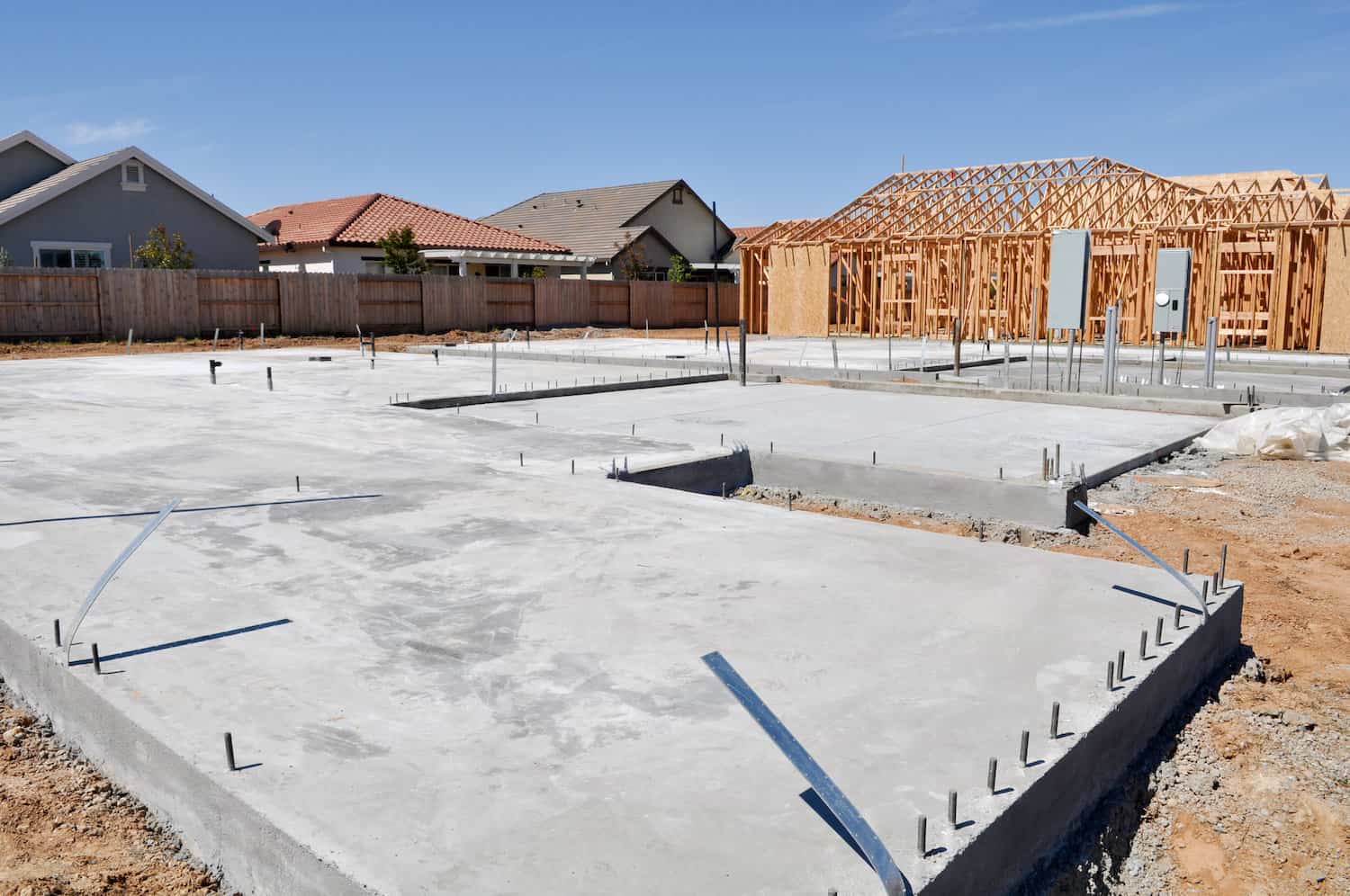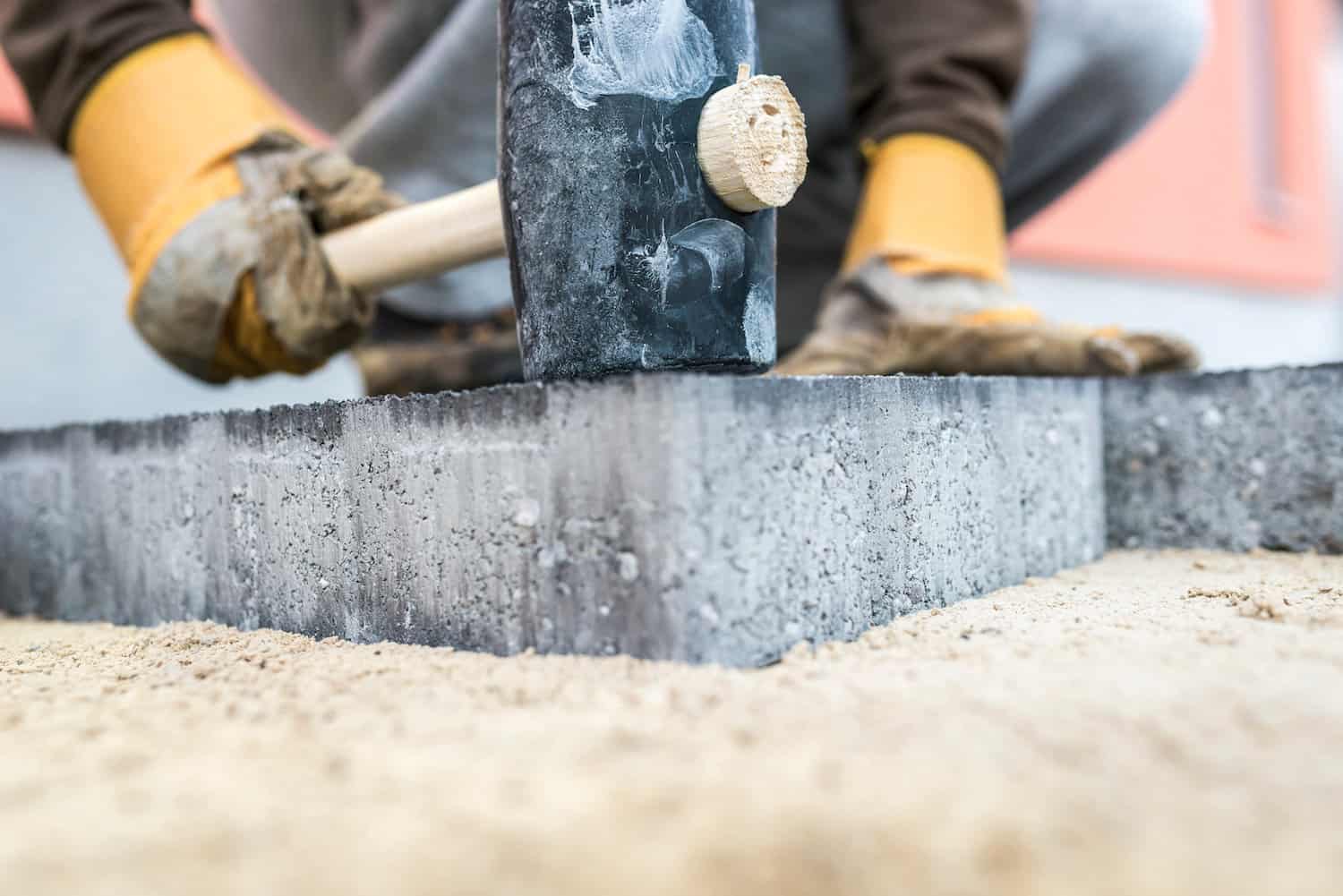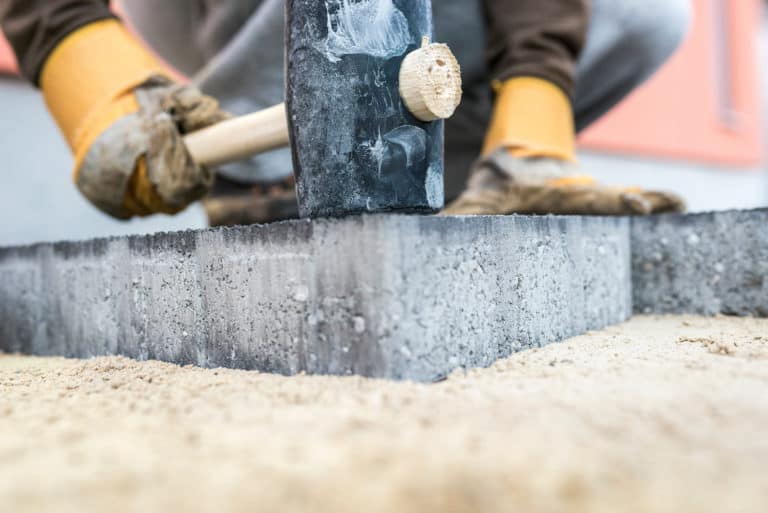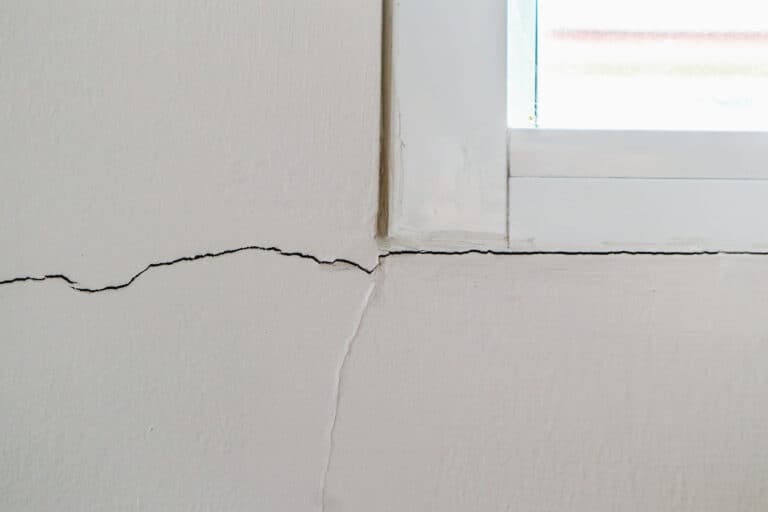Do you know the warning signs of a bad foundation? The average homeowner probably doesn’t, and that’s a problem. Signs of a bad foundation include:
- Exterior cracks
- Interior cracks
- Uneven floors
- Doors that don’t close or stay open
- Cracks in kitchen or bathroom tiles
Do you also know that most foundation problems can be prevented with proper foundation maintenance? While you should always have a professional foundation crew handle the big jobs, it’s up to you as the homeowner to maintain and inspect your foundation regularly so you can catch any issues early and prevent a bigger, more expensive mess.
This guide will help you take control of your home and learn how to properly maintain your foundation.

10 Foundation Maintenance Tips to Prevent Issues
Protecting your foundation is very important for the integrity of your home and everything in it. A bad foundation can affect every part of your home— from the basement and the floors to the windows and roof.
So, maintenance is vital to protecting your home from flooding, water damage, and all sorts of issues. These tips should help you take matters into your own hands and look out for the future by keeping your foundation in good shape.
1) Perform Regular Foundation Inspections
You must perform regular inspections if you want to catch any problems with your foundation early. At least twice a year, you should walk around the perimeter of your home and look for any cracks or signs of water damage.
You should also inspect the interior of your home for cracks in the walls or ceiling, doors that don’t close properly, windows out of line, or any water in the basement. These signs can indicate a shift in the foundation or reveal any cracks that need to be filled immediately.
2) Have a Good Drainage System
One of the leading causes of foundation problems is poor drainage. When water pools around your home, it can cause the soil to expand and put pressure on your foundation. It can also cause foundation upheaval, which is when your foundation is actually lifted or moved due to water around it. Over time, this can lead to cracks and other damage.
You can protect your home by making sure that you have a sound drainage system in place. This includes gutters and downspouts, which should guide water at least 5 to 10 feet away from your foundation, and into the yard in a way that flows away from the home, not towards it.
3) Install a Root Barrier
If you have large trees on your property or even the neighbor’s yard, you should protect against root penetration. Most people don’t know how far a tree’s roots can expand. Most large tree roots grow at least three times the length of the radius of their canopy.
This means that if a tree’s canopy is 20 feet wide, the radius would be 10 feet, and the roots can grow at least 30 feet from its trunk! The roots can grow up to 5 times longer in drier conditions— like in parts of Texas. And where do those roots have to go? Your foundation.
A root barrier helps protect this infiltration and is made of metal, plastic, or thick rubber installed at least three feet down around your foundation.
4) Install a Sump Pump if You Don’t Have One
If you live in an area with a high water table or are otherwise at risk of flooding, you need to install a sump pump. A sump pump is placed in the lowest part of your home— usually the basement— and helps to remove any water that might have pooled there before it has a chance to damage your foundation.
5) Keep Your Gutters and Downspouts Clear
As we mentioned before, proper drainage is key to preventing foundation damage. And a big part of proper drainage is making sure that your gutters and downspouts are clear.
Gutters full of leaves, twigs, and other debris can’t do their job correctly and will cause water to pool around your home instead of flowing out and down away from your home. Keeping your gutters clean should be a regular part of your overall home maintenance as it protects your roof, siding, and landscaping.
6) Level the Slope Around Your Home
If the ground around your home slopes towards your foundation instead of away from it, you need to level the slope. This can be done by adding fill dirt to the low side of your home and grading it so that it slopes away from your house at a minimum of 6 inches for every 10 feet. Not only will this help with drainage, but it will also help to prevent water from pooling next to your foundation and putting pressure on it.
7) Maintain the Trees on Your Property
We mentioned before about roots penetrating your foundation and causing issues. But trees can also pull a ton of moisture from the soil, which can dry out the areas around your foundation—causing problems as well.
If you are thinking about planting new trees, you should consider the type of tree, the size it might grow, and where you plant it. Don’t plant anything too close to your home if you expect it to grow large enough to cause foundation issues in a few decades.

8) Maintain Consistent Moisture Levels
When the soil around your home is too dry, it can start to pull away from your foundation, causing cracks. When the soil is too wet, it can also push against your foundation and cause cracking. Maintaining consistent moisture levels in the soil around your foundation helps avoid both situations and keeps your foundation intact. By implementing a water control program, you can prevent lots of damage.
You can do this one of two ways:
- Install an underground foundation watering system;
- Utilize an automatic sprinkler system.
Automatic sprinkler systems are ideal and much easier to install and manage. In Texas, because the soil expands and contracts so much depending on the moisture levels, this can ensure it’s always getting adequate water. Installing a rock bed near your foundation can also ensure moisture reaches your foundation instead of being absorbed by the soil.
9) Schedule a Thorough Plumbing Inspection
Your home’s plumbing is another significant factor in foundation damage. If you have leaks in your pipes, that water can seep into the soil around your foundation and cause problems. Even minor leaks can cause severe damage over time.
This is why scheduling a thorough plumbing inspection at least once a year and fixing any leaks found as soon as possible is essential.
10) Lastly, Document Everything
If you do experience foundation damage, it’s essential to document everything. This means taking pictures and videos of the damage, getting repair estimates from a few different contractors, and saving any receipts for repairs that you have already made.
If your insurance company denies your claim, having this documentation will be crucial in getting them to reconsider. Keeping a ‘foundation log’ can be very helpful in making sure your foundation stays in good condition for as long as you own your home and if you ever want to sell.

Work With Perma Pier to Maintain Your Foundation
Ultimately, one of the best things you can do for your home’s foundation maintenance is work closely with a reputable foundation team to help maintain and repair it when you need it most. The team at Perma Pier is made up of certified #dirtnerds who know Texas soil front to back. This helps us get you the absolute best foundation solution you need based on the soil around your home, the size of your home, and a slew of other factors we’ve mentioned here today.
If you find yourself face to face with a cracked foundation, don’t hesitate to reach out to us! We’ll take care of you and your foundation with the utmost care and respect— reach out today for a FREE inspection!




